Conversion rate optimization (CRO)
is the method of using analytics and user feedback to improve the performance of your website. CRO can be used to improve any metric KPI on your website that’s important to your business but it’s often associated with acquiring new customers, registrations, downloads, etc.
It increases the percentage of website visitors who experience the “aha moment” (or the must-have user experience) that turns passive browsers into valuable conversions.
You should care about CRO for a few reasons.
- you pay for traffic to your site in one way or another, and a high conversion rate means a better return on that investment (ROI).
- It’s also much more cost-effective to convert a higher percentage of the visitors you already have than to attract more visitors.
- optimization helps to defend against the limited attention of your average visitor by giving them what they want before they are tired of looking for it and move on.
CRO is important!
- Higher conversion rate = better ROI
- More cost-effective than finding more visitors
- Defends against limited patience of visitors
Conversion Rate Optimization Is…
- A structured and systematic approach to improving the performance of your website
- Informed by insights—specifically, analytics and user feedback
- Defined by your website’s unique objectives and needs (KPIs)
- Taking the traffic you already have and making the most of it
To improve you need to have set up any target that is not met and needs improvement.
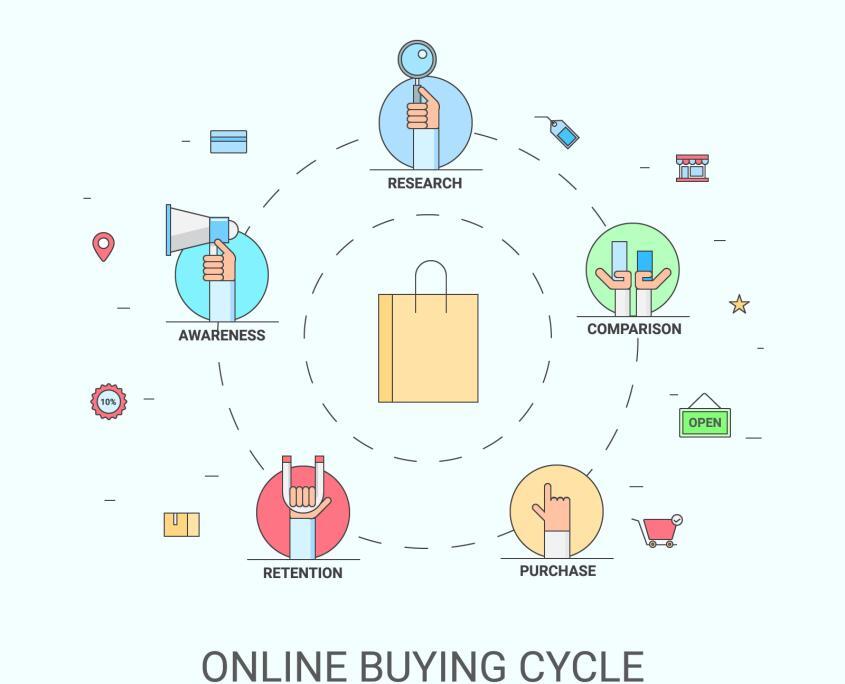
Here are the key elements of conversion rate optimization for an online shop:
1. Clear Call-to-Actions (CTAs):
– Use clear and compelling CTAs that prompt visitors to take action. CTAs should be prominently displayed, easy to understand, and visually appealing.
2. Optimized Landing Pages:
– Design landing pages that are relevant to the visitor’s intent and provide a clear path to conversion. Ensure that landing pages load quickly, are mobile-friendly, and contain persuasive copy and visuals.
3. Simplified Checkout Process:
– Streamline the checkout process to minimize friction and make it easy for customers to complete their purchases. Remove unnecessary form fields, offer guest checkout options, and provide multiple payment methods. The primary pathway (or flow) of the user experience where visitors complete a conversion. On online shop the funnel may be Homepage > search results page > product page > checkout.
4. Compelling Product Descriptions:
– Write persuasive and detailed product descriptions that highlight the features, benefits, and unique selling points of each product. Use high-quality images and videos to showcase the product from different angles.
5. User-Friendly Navigation:
– Improve website navigation to help visitors easily find the products or information they’re looking for. Use intuitive menu structures, search functionality, and filters to enhance the browsing experience.
6. Social Proof and Trust Signals:
– Incorporate social proof elements such as customer reviews, testimonials, ratings, and trust badges to build credibility and trust with potential customers. Highlight positive feedback and endorsements from satisfied customers.
7. Effective Product Recommendations:
– Implement personalized product recommendation algorithms to suggest relevant products to customers based on their browsing and purchase history. Use techniques such as cross-selling and upselling to increase average order value.
8. A/B Testing and Experimentation:
– Conduct A/B tests and experiments to identify which website elements, messaging, or design variations have the greatest impact on conversion rates. Test different CTAs, headlines, layouts, and product presentation formats.
9. Responsive Design:
– Ensure that your website is fully responsive and optimized for all devices, including desktops, smartphones, and tablets. A responsive design ensures a seamless user experience across different screen sizes and devices.
10. Site Speed Optimization:
– Optimize website loading times to minimize bounce rates and improve user experience. Compress images, leverage browser caching, and use content delivery networks (CDNs) to speed up page load times.
11. Exit Intent Pop-ups:
– Use exit-intent pop-ups to capture the attention of visitors who are about to leave your website. Offer special discounts, promotions, or incentives to encourage them to stay or complete their purchase.
12. Continuous Monitoring and Analysis:
– Monitor website performance and user behavior using analytics tools to identify areas for improvement and optimization. Track key metrics such as conversion rate, bounce rate, average session duration, and cart abandonment rate.
By focusing on these elements and continuously optimizing your online shop, you can enhance the user experience, increase conversion rates, and ultimately drive more sales and revenue.

 Digideo
Digideo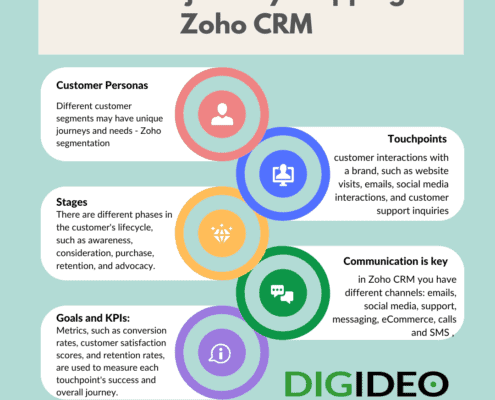 Digideo
Digideo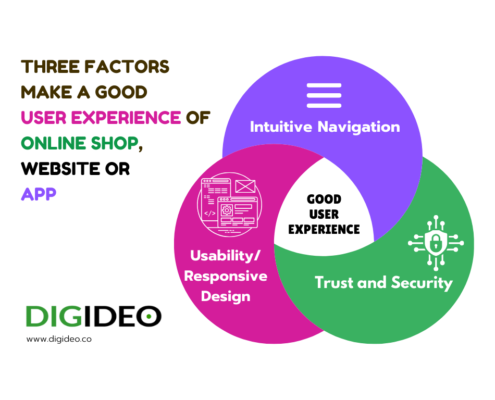 Digideo
Digideo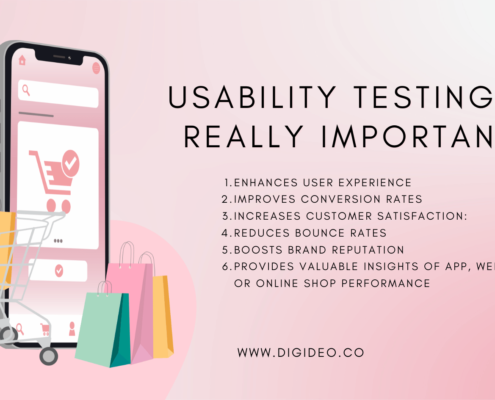 Digideo
Digideo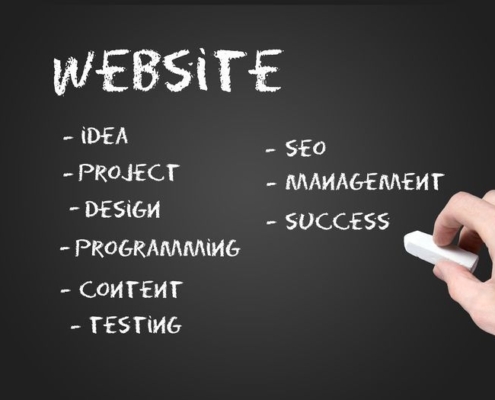
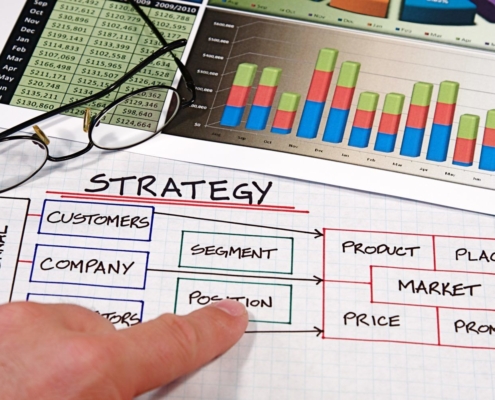
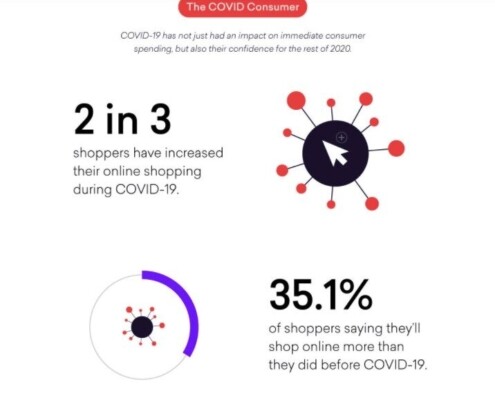
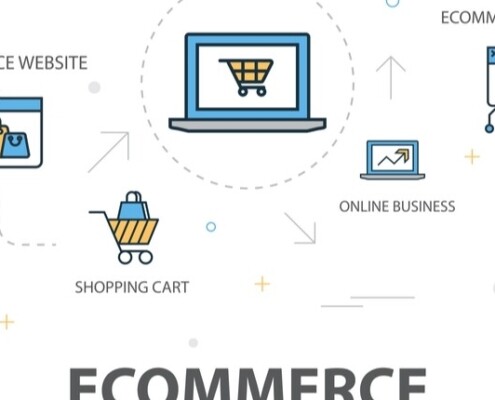 Digideo
Digideo

Share this entry